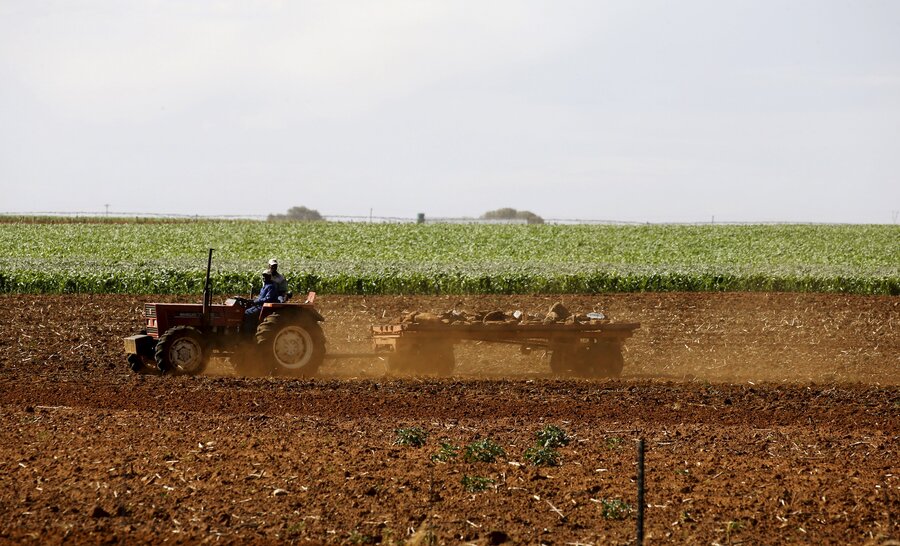Drought and crop yields: What wealthy nations can learn from poorer ones
Loading...
When it comes to farming, the United States might have something to learn from developing countries.
In a study published in the journal Nature on Thursday, a number of experts compared droughts and agriculture yields internationally. Climate change is expected to bring increased severe and long-term droughts, a troubling consequence say experts, because longterm dry spells have the greatest impact on agriculture yields.
And even more troubling, the United Nations predicts a 30 percent population growth before 2050, adding about 10 billion mouths to feed. But the authors assure its not all doom and gloom. There is time to adapt.
“Our findings may help guide agricultural priorities and adaptation efforts, to better protect farming systems and the populations that depend on them,” said Navin Ramankutty, professor of global food security and sustainability at the University of British Columbia, in an interview with the Thompson Reuters Foundation.
And Professor Ramankutty calls the most notable adaptation suggestion “a big surprise:” there was a big difference in agriculture yields between developed and developing countries. Droughts in North America, Europe, and Australia cut yields by an average of 20 percent, over 12 percent in Asia and about nine percent in Africa. But in other parts of the world, drought impacts were negligible.
Overall, there was eight to 11 percent more drought damage to crops in developed countries, as compared to developing ones.
Because of differences between large- and small-scale farming, the populations most desperate for adaptation efforts will likely live in wealthier countries, explain the authors. Experts say countries like the US could learn a thing or two from smaller subsistence farmers in Latin America and the Caribbean.
“Across the breadbaskets of North America, for example, the crops and methods of farming are very uniform across huge areas, so if a drought hits in a way that is damaging to those crops, they will all suffer,” Corey Lesk, a recent graduate of McGill University, told Reuters. “By contrast, in much of the developing world, the cropping systems are a patchwork of small fields with diverse crops. If a drought hits, some of those crops may be damaged, but others may survive.”
As the Earth’s climate changes, Western farmers in Europe and North America need to start thinking differently, experts say. Specifically, farmers need to steer clear of intensively cultivated fields farmed for only one crop.
“That model works really well when the climate is stable, but it may not work so well when there is an extreme weather event,” Ramankutty told The Canadian Press. “Maybe their yields are lower but they’re not as susceptible to weather shocks.”
Instead, says Ramankutty, farmers should tend smaller fields with diverse crops.
In non-drought years, Western farmers find “the best strategy for them may be to maximize yields rather than minimize the risk of weather-related crop damage,” because they are farming for profit rather than subsistence. But in the face of increasing dry spells and growing population numbers, developed countries may have to leave industrial scale farming in the past.
This report contains material from Reuters.







